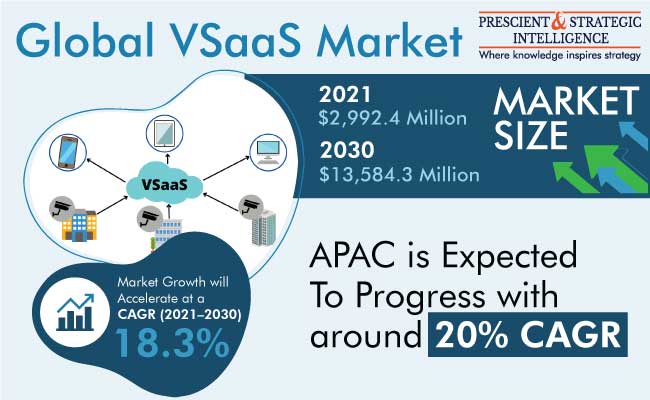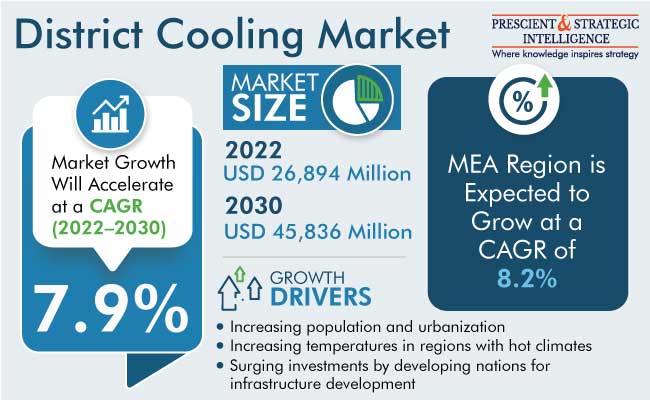Are District Cooling Systems, an Alternative for Conventional Air- Conditioners
With The increasing level of global warming, the world is experiencing a rise in the temperatures. While the increase in the temperatures might come good for the countries, which are generally under the cover of snow, making the life of the people, tricky to say the least.
On the flip side of this will be the countries, which are already baking in the wrath of the sun, and the increasing global warming has only made the things more challenging in the regions, such as the Middle East and Africa.
To beat the hot and humid climate in the world, and especially in the MEA, only fans and conventional air conditioners have their work cut out, and district cooling systems can really come in handy in the commercial, industrial and residential complexes. The situation becomes trickier in summers, with a considerable rise in temperatures and the levels of humidity.
To beat the heat and the temperature, when it rises to above 50 degrees, people require these cooling systems to live comfortably in their homes, and also to work in offices, without breaking a sweat.
Increasing Population and Urbanization
It is not only about battling with the increasing temperatures, but the population booming all over the world, and especially in the nations, such as China, there is a need to build residential complexes to house the increasing population.
In the modern societies, people have started banking upon the district cooling systems, rather than having an individual air-conditions for all the rooms of a house.
It is a no-brainer that conventional air-conditioners are not good for the environment, as they emit, the harmful CFCs into the environment. The emission of these carbon compounds in large number has a lot to do with the increasing levels of global warming.
And, not only that, with the continuous use of ACs, the power bills have an adverse effect on the financial health of the people.
These have started becoming popular in the residential complexes, but the sector, which makes the most use of these systems will be the commercial sector. With the increasing number of shopping malls and other commercial establishments, all over the world, there is a boom in the demand for these district cooling systems.
This has a major role to play in powering the sale of district cooling systems, the total value of which will reach USD 45,836 million by the end of this decade.
Governments Doing their Part to Reduce Air Pollution
For reducing pollution to improve air quality, initiatives are introduced. These systems would allow people to have affordable energy together with better air quality. In India, district cooling is included in smart city plans for reducing the consumption of electricity and emission of carbon.
Several governments are including district energy in their expansion plans and signing agreements with the District Energy in Cities initiative for ensuring that requirements are met by ideal use of existing resources sustainably.
Read More:
https://www.psmarketresearch.com/market-analysis/district-cooling-marketAre District Cooling Systems, an Alternative for Conventional Air- Conditioners
With The increasing level of global warming, the world is experiencing a rise in the temperatures. While the increase in the temperatures might come good for the countries, which are generally under the cover of snow, making the life of the people, tricky to say the least.
On the flip side of this will be the countries, which are already baking in the wrath of the sun, and the increasing global warming has only made the things more challenging in the regions, such as the Middle East and Africa.
To beat the hot and humid climate in the world, and especially in the MEA, only fans and conventional air conditioners have their work cut out, and district cooling systems can really come in handy in the commercial, industrial and residential complexes. The situation becomes trickier in summers, with a considerable rise in temperatures and the levels of humidity.
To beat the heat and the temperature, when it rises to above 50 degrees, people require these cooling systems to live comfortably in their homes, and also to work in offices, without breaking a sweat.
Increasing Population and Urbanization
It is not only about battling with the increasing temperatures, but the population booming all over the world, and especially in the nations, such as China, there is a need to build residential complexes to house the increasing population.
In the modern societies, people have started banking upon the district cooling systems, rather than having an individual air-conditions for all the rooms of a house.
It is a no-brainer that conventional air-conditioners are not good for the environment, as they emit, the harmful CFCs into the environment. The emission of these carbon compounds in large number has a lot to do with the increasing levels of global warming.
And, not only that, with the continuous use of ACs, the power bills have an adverse effect on the financial health of the people.
These have started becoming popular in the residential complexes, but the sector, which makes the most use of these systems will be the commercial sector. With the increasing number of shopping malls and other commercial establishments, all over the world, there is a boom in the demand for these district cooling systems.
This has a major role to play in powering the sale of district cooling systems, the total value of which will reach USD 45,836 million by the end of this decade.
Governments Doing their Part to Reduce Air Pollution
For reducing pollution to improve air quality, initiatives are introduced. These systems would allow people to have affordable energy together with better air quality. In India, district cooling is included in smart city plans for reducing the consumption of electricity and emission of carbon.
Several governments are including district energy in their expansion plans and signing agreements with the District Energy in Cities initiative for ensuring that requirements are met by ideal use of existing resources sustainably.
Read More: https://www.psmarketresearch.com/market-analysis/district-cooling-market




